12 European Destinations Still Worth Visiting Despite the 2025 Crowds
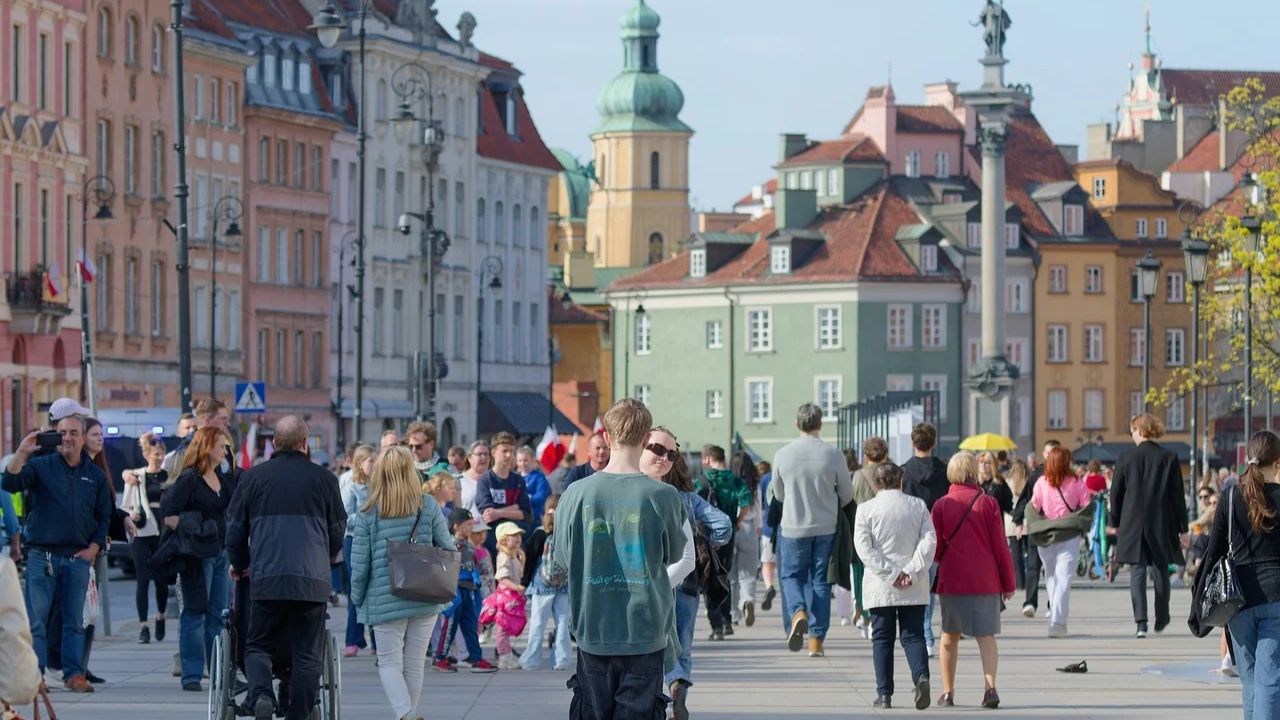
Europe’s headline cities will throng again this summer, yet serenity, storybook scenery, and authentic local life remain easy to find. Trade queue-filled icons for wild Abruzzo peaks, Norway’s book-lined fjords, and pony-grazed English woodlands. The twelve places below blend history, nature, and culture—minus the elbows. Pick one, travel gently, and you’ll uncover a quieter continent that still rolls out a genuine welcome.
Abruzzo, Italy
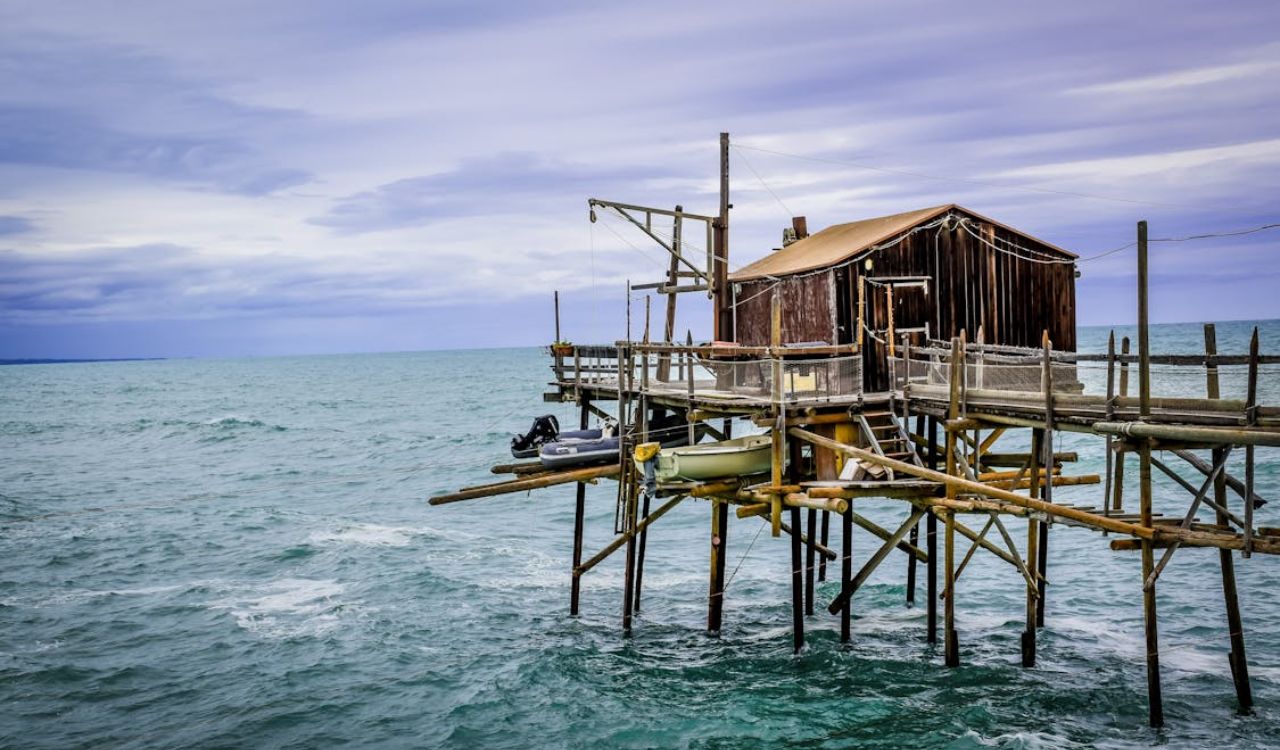
High peaks, quiet villages, and an unspoiled coastline meet in Abruzzo. Wake early for an easy walk in Gran Sasso e Monti della Laga National Park, spotting chamois on the stony slopes. Drift downhill through vine-striped hills and sunflower fields, then meet the Adriatic at the Costa dei Trabocchi, where rickety fishing huts grill whatever the nets hauled up. One day here can mix hiking, wine roads, and a sunset seafood feast above clear water—yet you’ll share the view with more gulls than tourists.
Extremadura, Spain
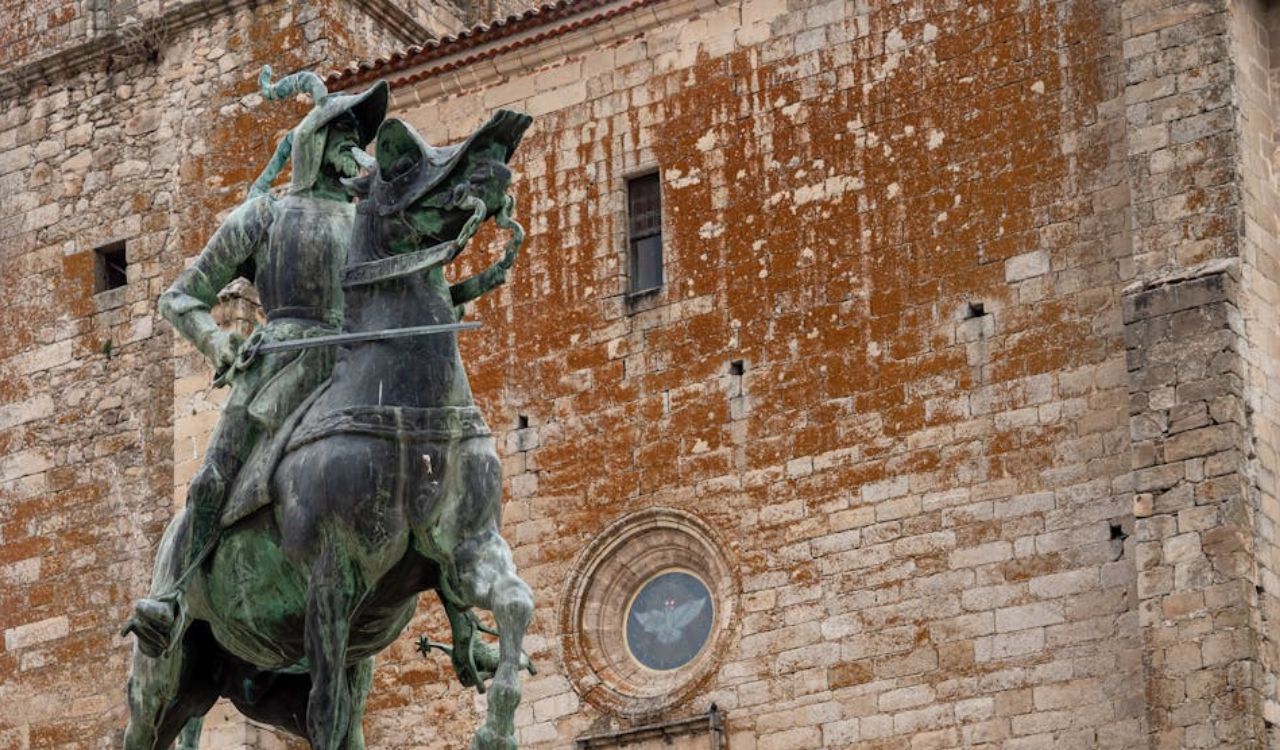
Spain’s emptiest region rewards slow travel with grand silence and huge skies. Stroll Mérida’s Roman theater at dawn, wander Cáceres’ Gothic lanes during siesta, then raise binoculars in Monfragüe National Park as five eagle species circle red-rock cliffs. Between sights roll tobacco fields, cork-oak dehesa, and midsummer sunflowers stretching to Portugal, punctuated only by sleepy white villages. Even in peak July you’re more likely to hear birdsong than selfie chatter.
Faroe Islands, Denmark
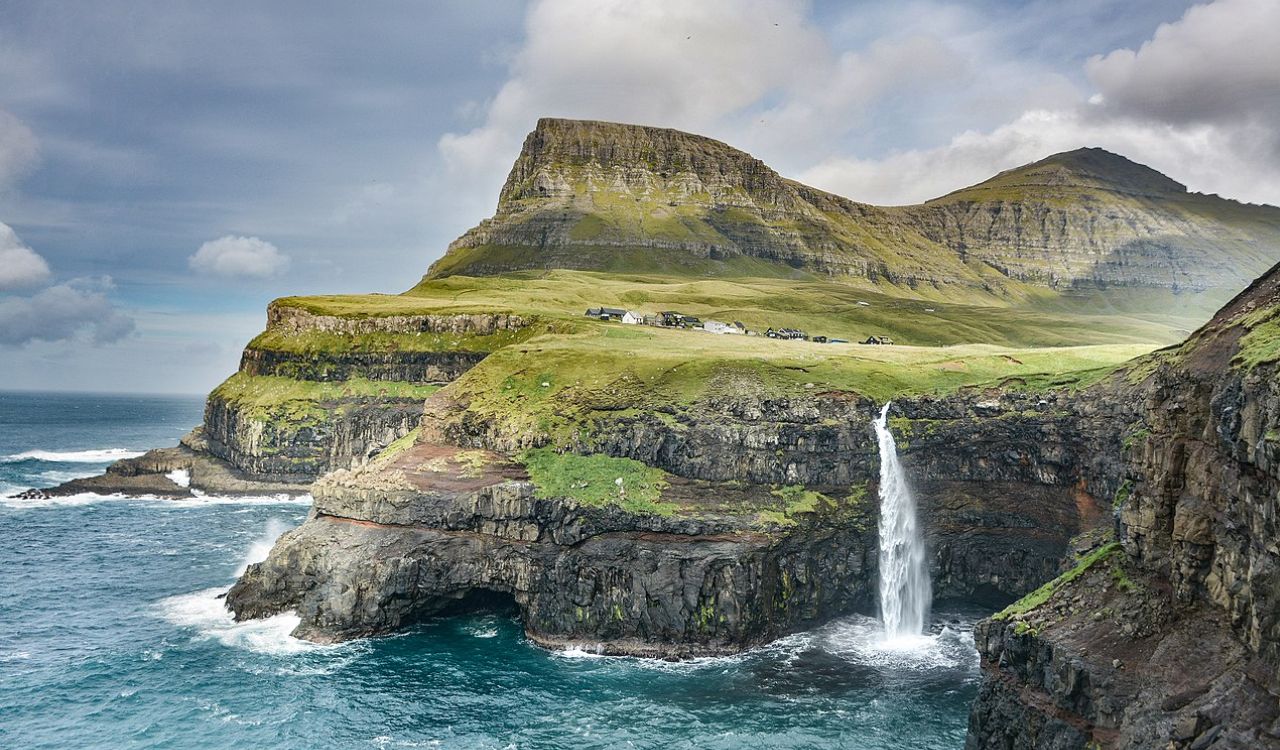
Marooned between Norway and Iceland, these turf-roofed isles feel shaped by giants and ruled by sheep. A short walk from Tórshavn leads to cliffs plunging into Atlantic spray; puffins and guillemots tilt overhead while waterfalls free-fall beside emerald slopes. Visit outside high summer and you might hike to Kirkjubøur’s medieval church or gaze over Lake Leitisvatn’s cliff-edge illusion with only the wind for company. Rising fame can’t crowd a place with more sea stacks than souvenir shops.
Fjærland, Norway
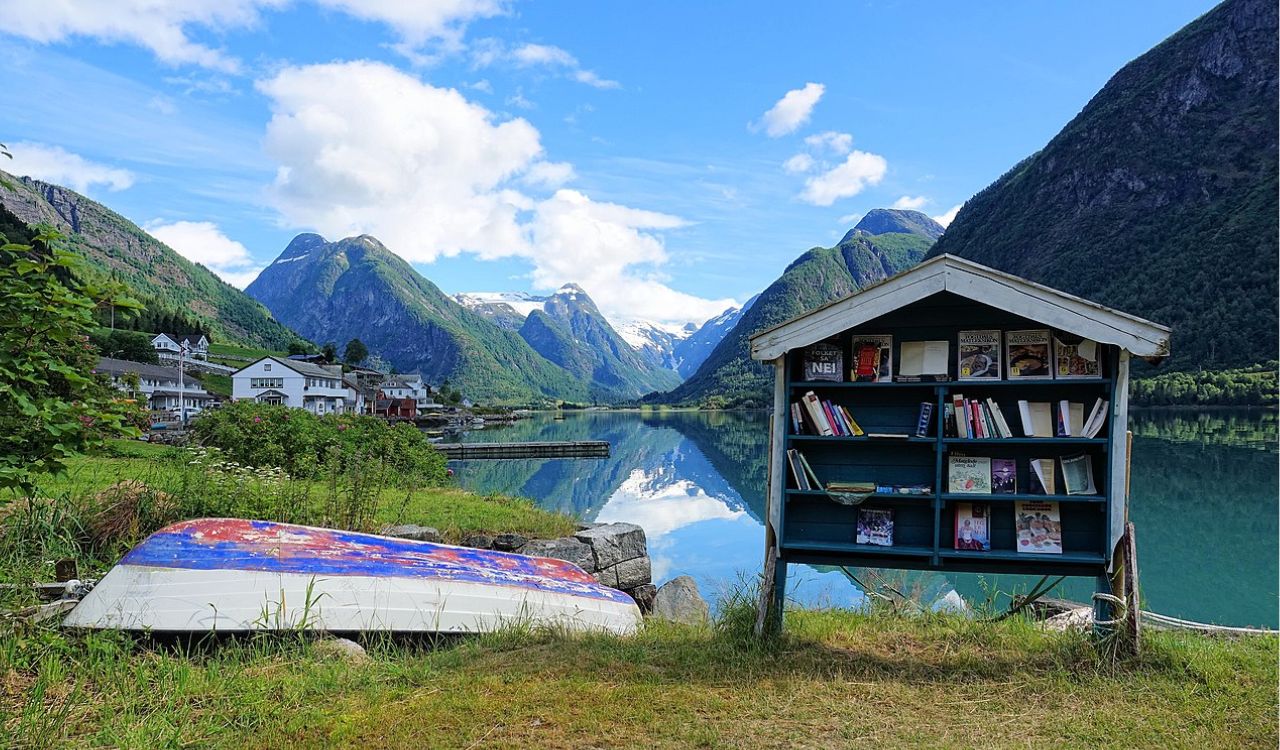
A fjord road ends in Fjærland, Norway’s “Book Town,” where clapboard houses huddle beneath the blue tongues of Jostedalsbreen, mainland Europe’s largest ice cap. Daylight invites paddling mirror-still water, joining a glacier walk, or cycling between wildflower meadows; dusk means waffles and rummaging through four kilometres of second-hand books stashed in barns, banks, and a boathouse. With barely 300 residents, the loudest evening sound is a page turning beside the wood-stove.
Estonian Islands

A quick ferry swaps mainland bustle for pine woods, windmills, and Baltic hush. Saaremaa’s moat-ringed Kuressaare Castle anchors bike lanes that weave past juniper scrub to wave-lapped beaches. On Hiiumaa, lonely lighthouses flash across seal-dotted seas, while little Muhu serves rye bread and cloudberry jam in thatched farmsteads. Long July days invite cycling from village saunas to sunset cruises aboard the vintage schooner Hoppet, all with scarcely another tourist in sight.
Istria, Croatia
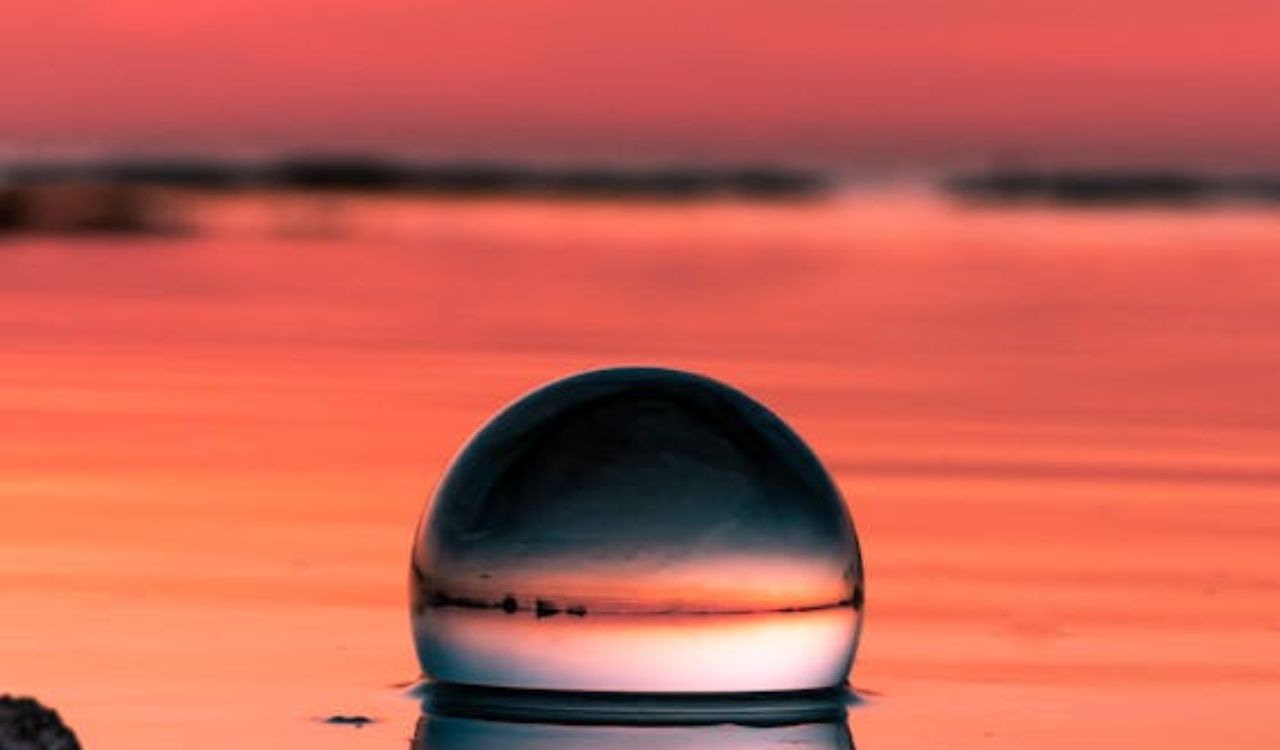
Croatia’s northwest peninsula mixes Venetian flair with Tuscan flavor—without Dubrovnik’s queues. Truffle-scented forests cloak hilltop Motovun, whose cobbles overlook patchwork vineyards slipping toward the Adriatic. On the coast, Rovinj’s pastel façades glow rose-gold after day-trippers sail away. Spend mornings sampling crisp Malvasia, afternoons swimming off pebble coves, and evenings lingering over seafood risotto in a quiet piazza that still hums in Croatian, not cruise-ship English.
Kalopanayiotis, Cyprus
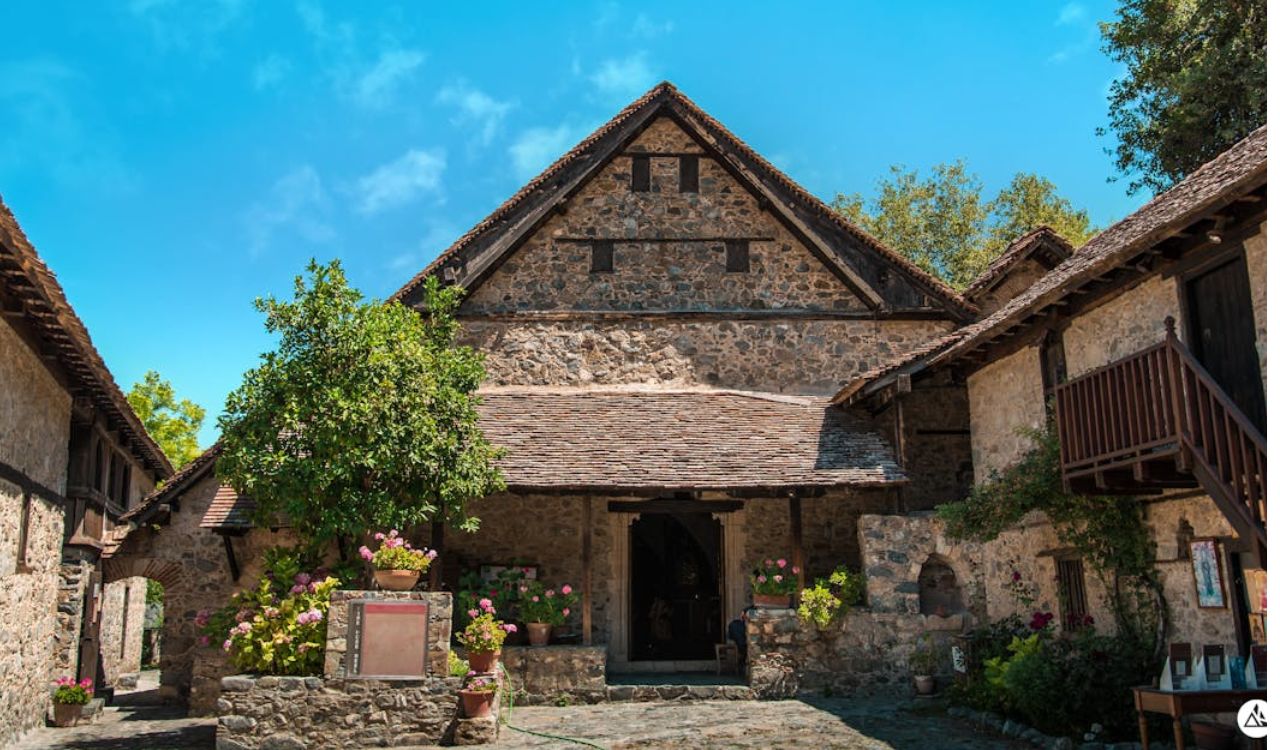
High in the Troodos Mountains, Kalopanayiotis drapes whitewashed cottages down a pine-scented slope. Stone alleys lead to sulfur springs, Venetian bridges, and an 11th-century monastery packed with golden icons. Book a restored village house, then wander mule trails where goat bells echo. Evening brings halloumi roasted over vine embers and spa pools under diamond skies, broken only by church chimes—a world away from Cyprus’ crowded coast yet barely an hour’s drive inland.
Agrafa, Greece
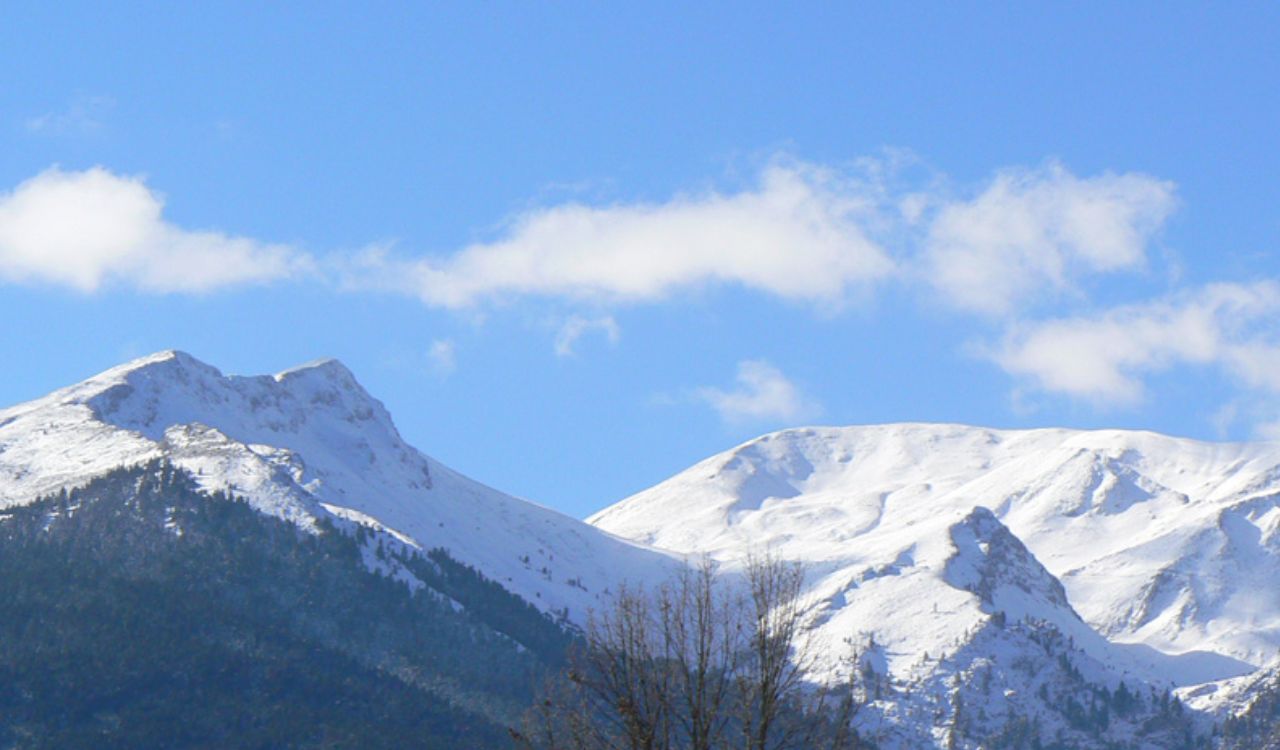
Meaning “unwritten,” Agrafa still feels blank on the tourist map: fir forests, tumbling rivers, and slate-roof hamlets untouched by tour buses. Base at Lake Plastira, paddle emerald water beneath circling eagles, then drive hairpin roads to 16th-century cliff-side monasteries painted with vivid frescoes. Footpaths reveal hidden waterfalls, mushroom glades, and endless Pindus panoramas—all enjoyed in near solitude even while Meteora’s crowded pinnacles loom just to the east.
New Forest, England

Only 90 minutes from London, the New Forest trades traffic roar for pony-dotted heath and ancient oak. Hire a bike and roll along car-free lanes scented with gorse, picnic by a thatched pub, then wander salt-marsh trails to sailing-mad Lymington. After dusk, settle into a yurt or treetop cabin where owls replace alarms. History lingers: William the Conqueror claimed these woods for hunting in 1079, and some mighty beeches still remember the thunder of medieval hooves.
Appenzell, Switzerland
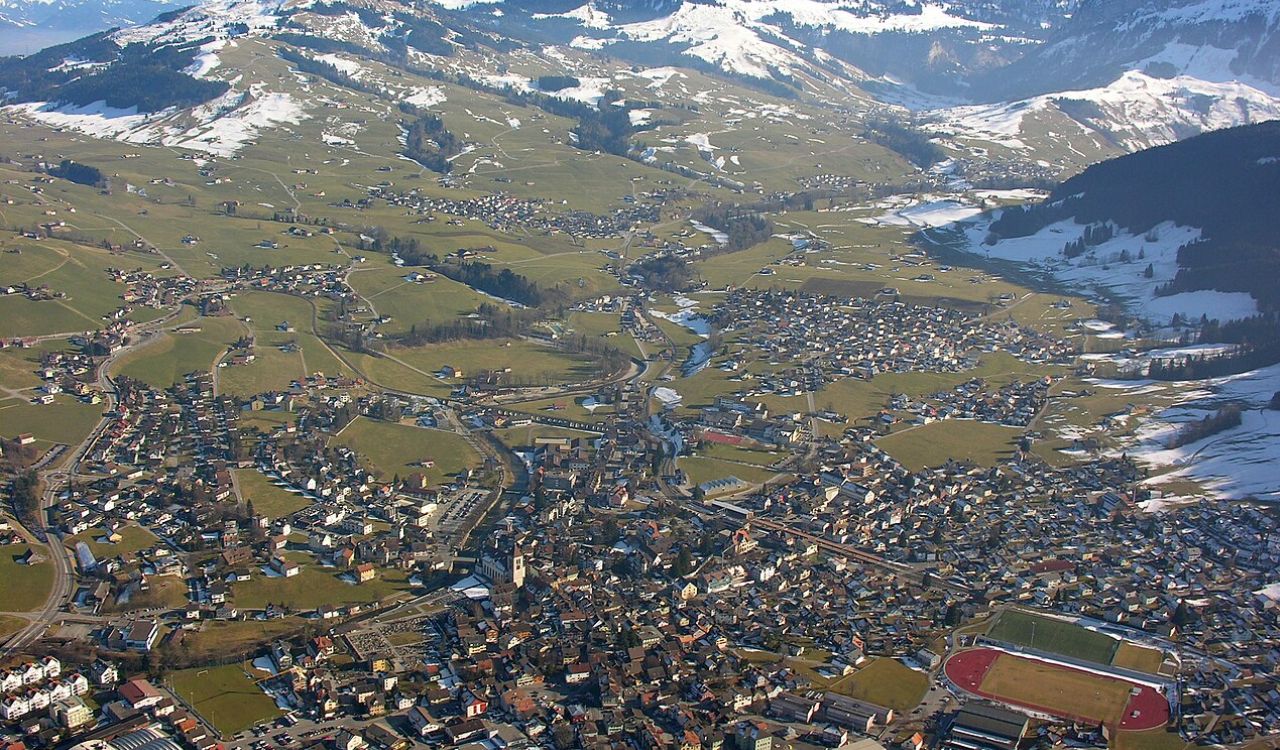
Tucked near the Austrian border, Appenzell pairs storybook villages with the serrated Alpstein peaks. Wooden chalets burst with geraniums, cheese dairies perfume the air, and locals still vote by raised hand each April. Ride the Ebenalp cable car, hike to cliff-hugging Berggasthaus Aescher for molten rösti, then cool your feet in glacier-fed Seealpsee. Compared with the Matterhorn circus, these buttercup meadows hum only with cowbells and the occasional contented yodel.
Koufonisia, Greece
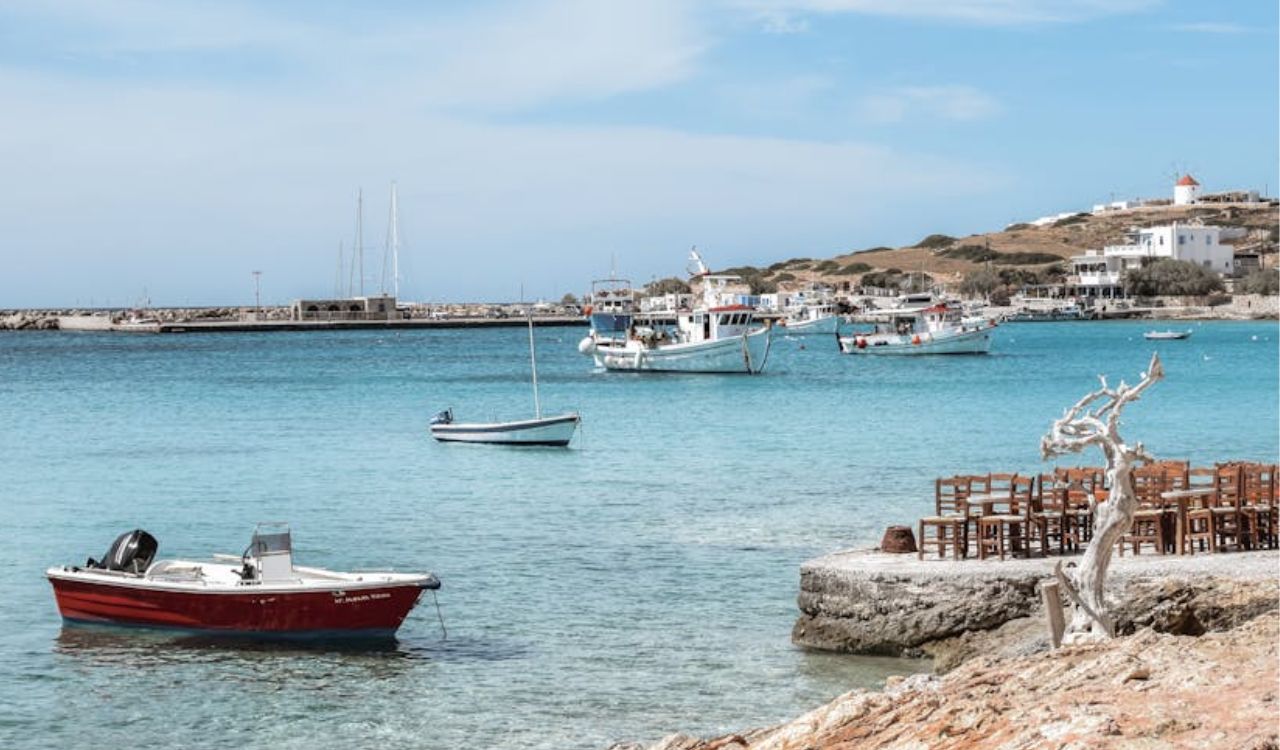
In the Small Cyclades, Koufonisia feels like Greece on whisper mode. No cruise dock, few cars—just white lanes leading to coves bluer than paint. Spend the morning strolling barefoot between sea-carved caves, pause for octopus grilled by a three-table taverna, then hop a water taxi that circles every beach. Sunset brings guitars on the quay and the gentle putter of fishing boats. The loudest debate all day is which cove had the clearest water.
Transylvania, Romania
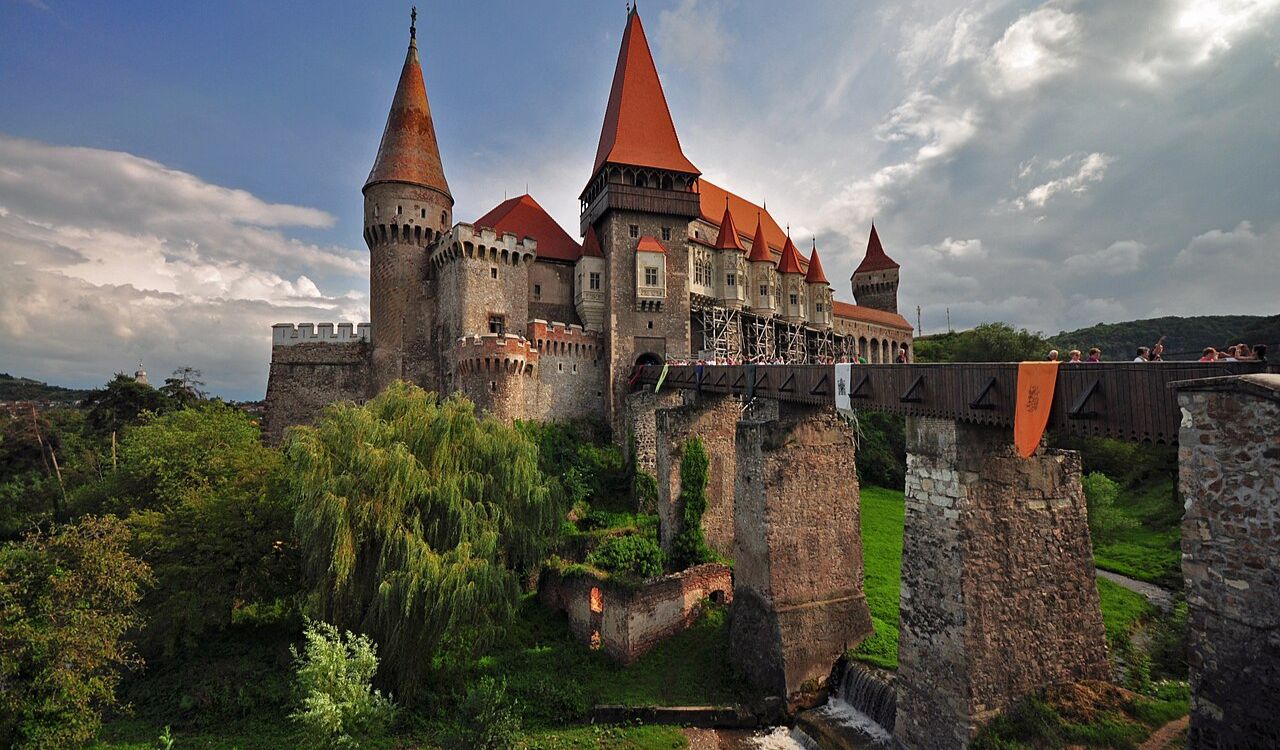
Beyond Dracula lore lies a land of Saxon villages, fortified churches, and mist-cloaked Carpathian ridges. Base in Viscri or Biertan to sleep in pastel farmhouses and pedal lanes lined with wildflowers. Southward, mountain hamlets like Moieciu de Sus open paths into Piatra Craiului National Park, where limestone crests cut the sky. After dark, feast on polenta and plum brandy while bat silhouettes flit past torch-lit ramparts—and no tour bus idles outside.